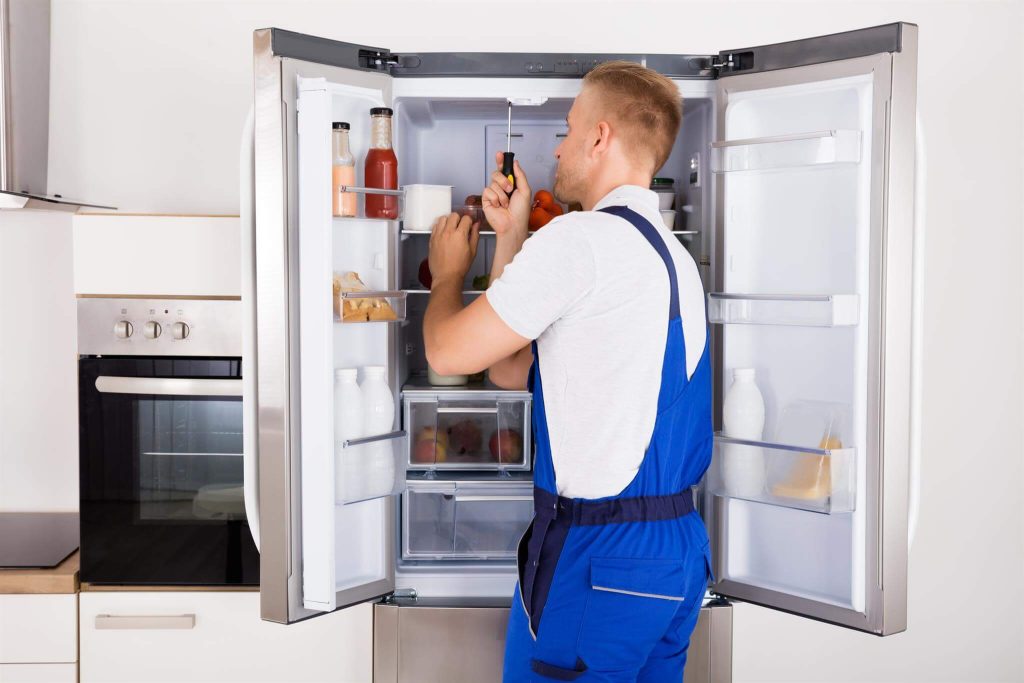Fridge (Refrigerator)
Fridge (Refrigerator)
Refrigerators are essential household appliances designed to store food and perishable items at low temperatures to slow down spoilage and preserve freshness. They are found in virtually every modern kitchen and come in various sizes, styles, and configurations to suit different needs and preferences.
Key components of a refrigerator include:
Thermostat: This regulates the temperature inside the fridge, typically set between 35°F (2°C) and 38°F (3°C) to keep food cold but not frozen.
Compressor: The compressor is the heart of the refrigeration system. It circulates refrigerant through the coils, compressing it to raise its temperature and pressure.
Condenser Coils: These coils are located either on the back or bottom of the fridge and release heat from the compressed refrigerant into the surrounding air.
Evaporator Coils: These coils are usually located inside the freezer compartment. As the refrigerant expands inside them, it absorbs heat from the interior of the fridge, cooling the air.
Door Seals: Rubber gaskets around the door create an airtight seal, preventing warm air from entering and cold air from escaping.
Refrigerators play a crucial role in food preservation by slowing down the growth of bacteria and mold, extending the shelf life of perishable items like fruits, vegetables, dairy products, and meats. Proper maintenance, such as regular cleaning, defrosting (if applicable), and checking door seals, helps ensure efficient operation and prolongs the life of the appliance.

